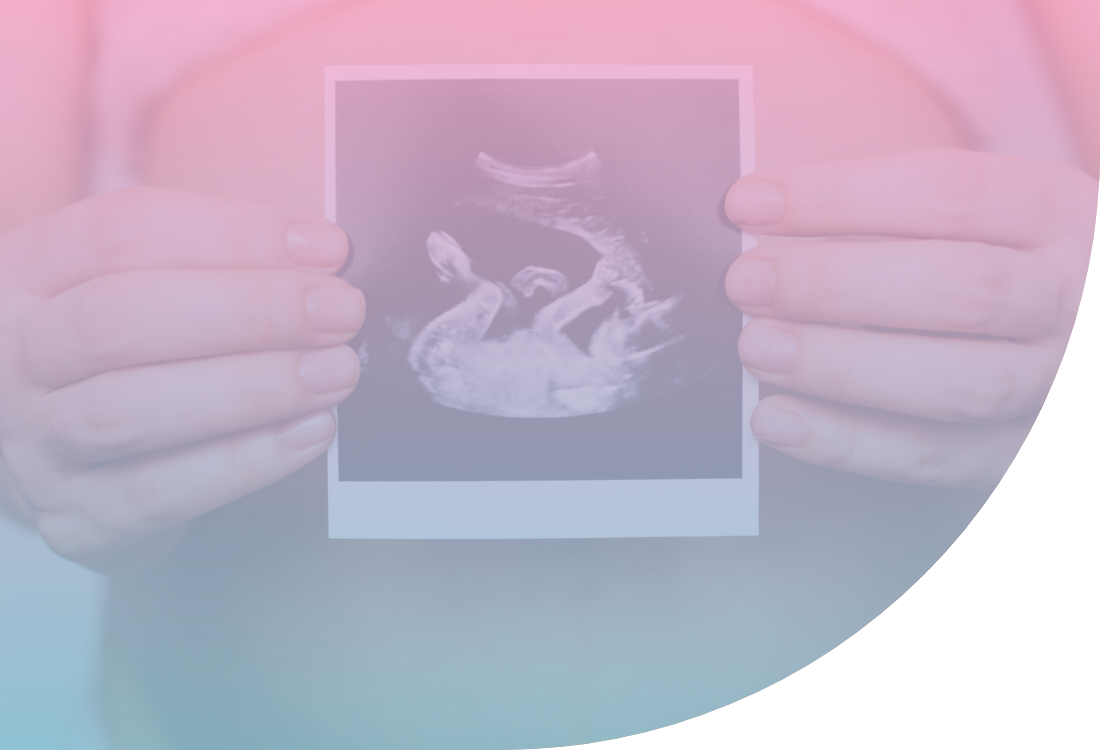At Embryowish, we offer modern fertility treatments in Athens, tailored to every couple’s or woman’s needs. Specializing in infertility treatments and advanced IVF treatments in Greece, our team is here to guide you with expertise and care. Discover all available options and choose the fertility treatment that suits you best.
Laparoscopy
Laparoscopy is a surgical technique that allows the doctor to access internal organs without making large sections. It is the most critical Minimally Invasive Surgery technique and has many advantages over traditional open surgery.
Laparoscopy, how is it done
Laparoscopy uses high-tech machines, most notably the laparoscope, a special instrument with a built-in camera and light source. It enters the interior of the abdominal cavity or pelvis and visualises it through a system that contains high-definition HD video -4K—3D, recorder, and screens.
When is laparoscopy indicated?
Laparoscopy is widely used in modern surgery to diagnose and treat diseases of the abdomen and pelvis. In gynaecology, it is used to diagnose and treat diseases such as ovarian cysts, uterine fibroids, infertility, tubal plastic surgery, endometriosis, ectopic pregnancy, and gynaecological cancer.
The advantages of laparoscopy for infertility
Laparoscopy is superior to open surgery. Its main advantages as a technique are:
- Use of small incisions and a better aesthetic result
- Reduction of tissue trauma and rapid healing
- Reduced blood loss
- Reduced postoperative pain
- Shorter hospitalisation and recovery time
- Faster return to everyday life
- The rare possibility of postoperative complications (e.g. infections or disorders in tissue healing).
- Low risk of postoperative adhesions
Laparoscopy, the procedure
Laparoscopy is performed through a small incision near the navel, through which the doctor inserts the laparoscope. Then, through the laparoscope, he injects gas, specifically carbon dioxide, to distend the peritoneum, allowing better visualization of all intra-abdominal organs and creating a comfortable surgical field. At the same time, the laparoscope relays the image to one or more high-definition monitors, giving the physician a clear view of the area.
Then, depending on the type of operation, the doctor makes two or three small incisions in the abdomen, through which the surgical instruments pass, with which the operation will be performed. Once the operation is complete, all instruments are removed, releasing the gas from inside the abdomen. The small incisions are then sutured using plastic surgery, completing the procedure. The anaesthesia used in laparoscopy is general anaesthesia. The woman’s hospitalisation is from 12 to 24 hours. The patient’s recovery depends on the operation performed and is shorter than open surgery.
Recovering from a laparoscopy
After the laparoscopy, the patient may report a “pulling” feeling or mild pain at the incision sites. She may also complain of pain in the shoulders or back, which is caused by the small amount of gas that remains inside the abdomen. The above symptoms are treated with classic analgesic drugs and usually subside entirely within the next 4-5 days. In the case of a hysterectomy, the patient should avoid lifting weights more than five kilograms and sex contact for two weeks or longer.
